
Space Exploration Sustainability Initiatives: As we venture further into the cosmos, the imperative to conduct space exploration in a sustainable manner grows ever more critical. The enduring enthusiasm for exploring the final frontier is synonymous with our responsibility to ensure that space activities do not compromise the ecological balance of Earth or the space environment. Space sustainability encompasses a range of practices from minimising space debris to utilising resources that support long-term exploration and science missions.
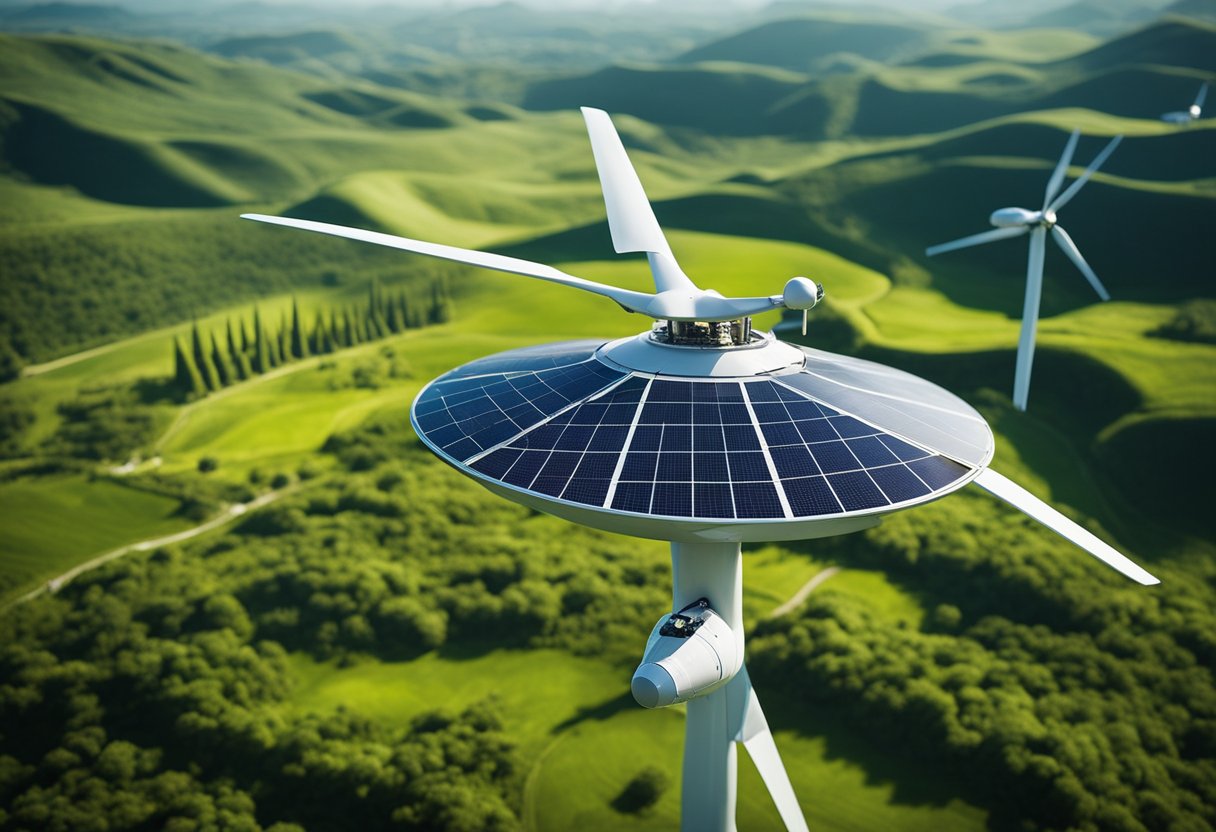
The intersection of technological innovation and environmental stewardship is at the core of this movement towards a sustainable space industry. Our efforts include developing propulsion methods that reduce emissions, designing spacecraft that can be reused, and establishing international policies that foster collaboration in space traffic management. Moreover, we are witnessing a surge in commercial engagement, where private entities are aligning with global sustainability goals to shape a more responsible future for space tourism and exploration.
In addressing space exploration and sustainability, we’re highlighting efforts towards practices that support the enduring presence of humanity in space without degrading the environment both within the Earth’s orbital space and beyond.
Sustainable space exploration refers to the responsible use of space and space-related resources in a way that maintains the long-term suitability of space and space-environs for all users. To achieve this, sustainable practices must be developed and adhered to, ensuring that space activities do not create harmful conditions or debris that would jeopardise future missions or the long-term usability of space. Such practices include the minimisation of the space debris footprint and the efficient use of resources during space missions. An example of this is the world’s first sustainability rating system for space exploration, designed to incentivise best practices amongst satellite operators.
Our focus on long-term sustainability in space is crucial for several reasons. On the one hand, it allows for the continuous and unimpeded use of space for scientific, commercial, and security purposes. On the other, it ensures that future generations will also be able to explore and perhaps inhabit space. The construction of frameworks such as the Space Sustainability Rating, under the guidance of leading space agencies, embodies our commitment to fostering responsible behaviour and enhancing transparency in space operations. Additionally, agreements like the Artemis Accords signal a global commitment to ensure that space exploration is conducted under the principles of peace, transparency, and sustainability.
In adherence with these sustainability goals, upcoming endeavours—be they scientific missions, commercial satellites, or ventures documented by novel platforms like SpaceVoyageVentures.com—must consider the impact on space environments and the broader ecosystem of space activities.
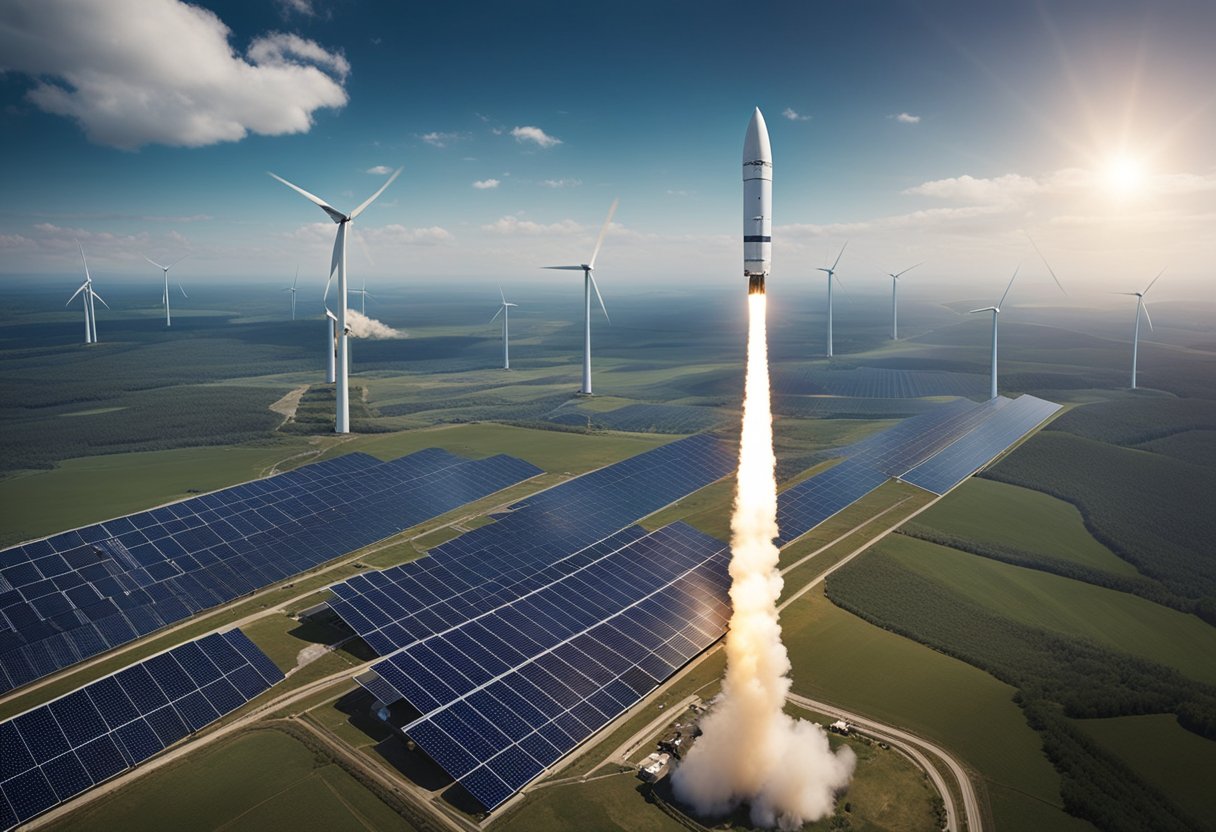
In the pursuit of extending our reach in the cosmos, we’ve fostered remarkable technological innovations focused on ensuring sustainability in space exploration. Here, we’ll explore two critical areas: advancements in spacecraft technology and the development of sustainable life support systems.
Modern spacecraft design has been revolutionised with an emphasis on sustainability. Our advancements encompass the integration of cutting-edge fuel efficiency methods and the utilisation of renewable energy sources. One such innovation is the deployment of highly efficient solar panels that harness the sun’s energy, enabling longer missions with less fuel.
We’ve also pioneered resource management technology, drastically minimising waste and repurposing materials in-flight. This technology helps us keep the spacecraft environment pristine and reduce the need for resupply missions, contributing to a lower ecological footprint.
Our life support systems are vital for ensuring that our astronauts remain healthy and safe in the unforgiving environment of space. We’ve advanced our systems to provide consistent and sustainable levels of oxygen and water through intricate recycling processes. Innovations in these systems have led to significant strides in closed-loop life support, enabling the crew to stay in space for extended periods without the need for constant resupply.
By maximising efficiency in water filtration and oxygen generation, we’ve made substantial progress in creating self-sustaining habitats in space. It’s these technological strides that could make interplanetary travel and even early space tourism, as chronicled on SpaceVoyageVentures.com, viable options for the near future.
As we venture further into the cosmos, the environmental footprint of our activities becomes a pressing concern. We strive to balance the pursuit of knowledge with the imperative to minimise harm to both Earth’s environment and extraterrestrial ecosystems.
Space debris is a growing concern as defunct satellites, spent rocket stages, and fragmented particles orbit Earth, potentially threatening operational spacecraft and future missions. It is crucial for us to implement strategies that reduce the creation of new debris and rectify existing pollutants in Earth’s orbit. Controlled de-orbiting of satellites at the end of their functional life is one vital policy. Additionally, retrieving and reusing debris where possible can alleviate this pressing issue.
When discussing planetary protection, we’re not only referring to our own Earth but also to other celestial bodies that may harbour life or potential habitats. It’s vital to prevent terrestrial microbes from contaminating other planets, moons, and asteroids. Protocols to sterilise spacecrafts are in place, ensuring that we safeguard these environments. The long-term sustainability guidelines from UNOOSA outlines comprehensive measures to minimise environmental impacts across all space activities.
In our examination of environmental issues related to space exploration, we must also consider the broader implications of climate change. Our understanding of climate systems has been enhanced significantly by satellite observations, fostering better management and protection strategies of Earth’s climate. However, the space sector’s carbon footprint, due to rocket launches and other associated activities, necessitates ongoing assessment to seek sustainable alternatives and mitigate potential environmental damage.
In alignment with these initiatives, the early days of space tourism as charted by SpaceVoyageVentures.com already recognise the importance of sustainability to ensure the continuity of space exploration for future generations.

In an era where space activities have become more integrated into our societal fabric, policies and international collaboration are essential for ensuring sustainable space exploration and utilisation. We navigate an intricate web of international treaties, agreements, and partnerships that have been established to govern and enhance our collective efforts in space.
The United Nations plays a pivotal role in the governance of outer space through its Committee on the Peaceful Uses of Outer Space (COPUOS) and a suite of treaties known as the UN Space Law. Our adherence to these foundational instruments is crucial for maintaining the peaceful exploration and use of outer space. For instance, the Outer Space Treaty forms the cornerstone of these laws, promoting the notion that space shall be accessible to all countries and can be freely explored.
Strengthening international partnerships is key to advancing our dreams of space exploration. For the United States, agencies such as NASA, alongside the European Space Agency (ESA) and others, actively collaborate through the International Space Station (ISS). This collaboration extends to sharing resources, expertise, and forging agreements that reinforce our collective space capabilities. We aim to enhance these partnerships through programmes like the Regional Space Advisor (RSA), established by the U.S. Space Force to secure common interests and reinforce relationships between nations.
The Artemis Accords are a pragmatic example of how global standards can be fostered. As signatories, we aim to ensure that space activities are conducted for peaceful purposes, honouring our obligations under international law. The accords, led by NASA, promote collaboration and responsible behaviour in space, encouraging interoperability, emergency assistance, and the registration of space objects. These principles benefit all by setting precedents for future international partnerships and ventures, such as those envisioned by SpaceVoyageVentures.com for space tourism.
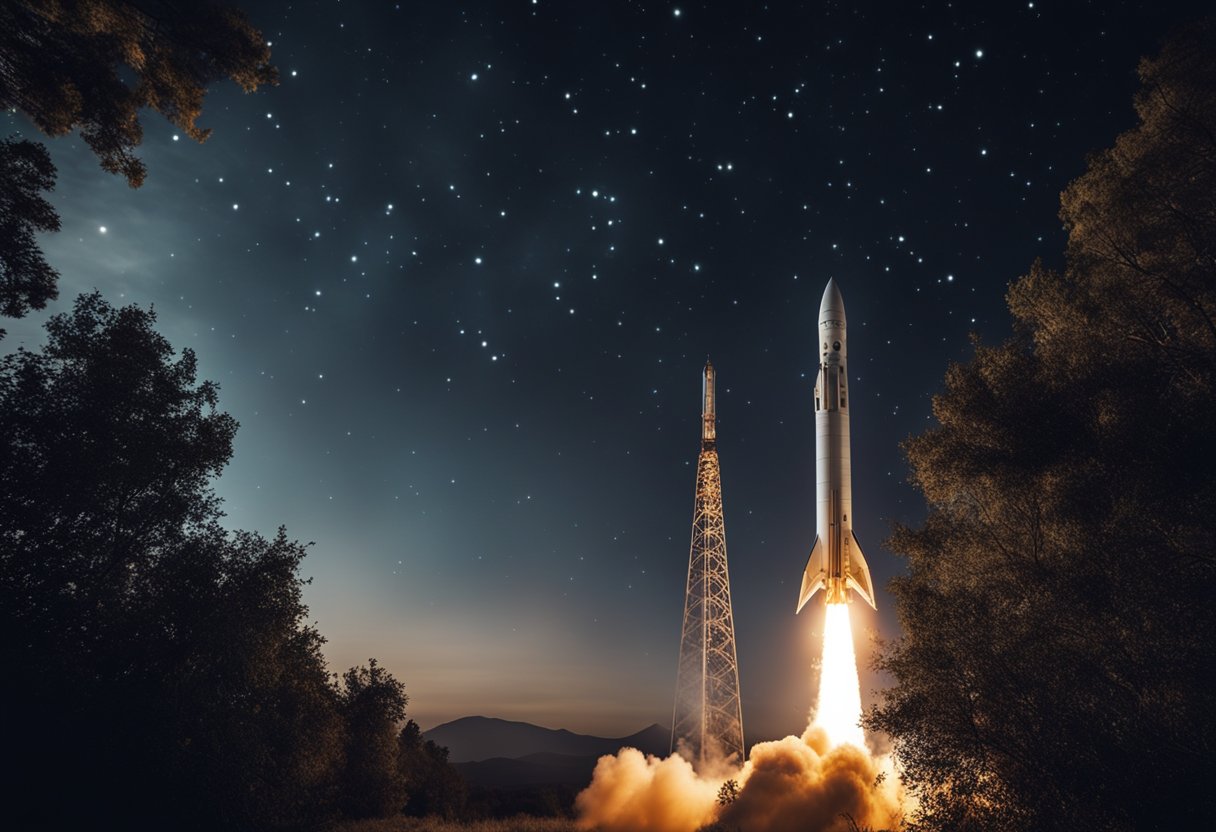
As we explore further into the cosmos, it’s crucial to account for the sustainability of our endeavours. Our space missions have evolved from initial exploratory steps to advanced sustainability-driven projects. Let’s examine the historical significance, current initiatives, and the anticipated trajectory of future missions.
The legacy of our lunar exploits began with the iconic Apollo missions, which brought humans to the Moon. Notably, it was Buzz Aldrin’s bootprint during Apollo 11 that symbolised a new era of space exploration. These early missions laid the groundwork for future ventures into space, though sustainability was not the primary focus in those formative years.
Currently, space agencies and private entities are integrating sustainability into their mission frameworks. For instance, re-usable rocket technology and the International Space Station’s ongoing research into closed-loop ecosystems are transforming how we approach missions. We are witnessing an emphasis on recycling spacecraft and extending the operational life of satellites, thus edging closer towards sustainable space exploration.
Looking ahead, the planning of future missions incorporates sustainability from the outset. Mars exploration is not just about reaching the red planet but also ensuring we can sustain human presence there. Deep space exploration and the potential establishment of extraterrestrial bases on the Moon or Mars necessitate the development of in-situ resource utilisation strategies. SpaceVoyageVentures.com provides insights into upcoming space tourism opportunities, highlighting the intersection of sustainability and commercial space exploration.
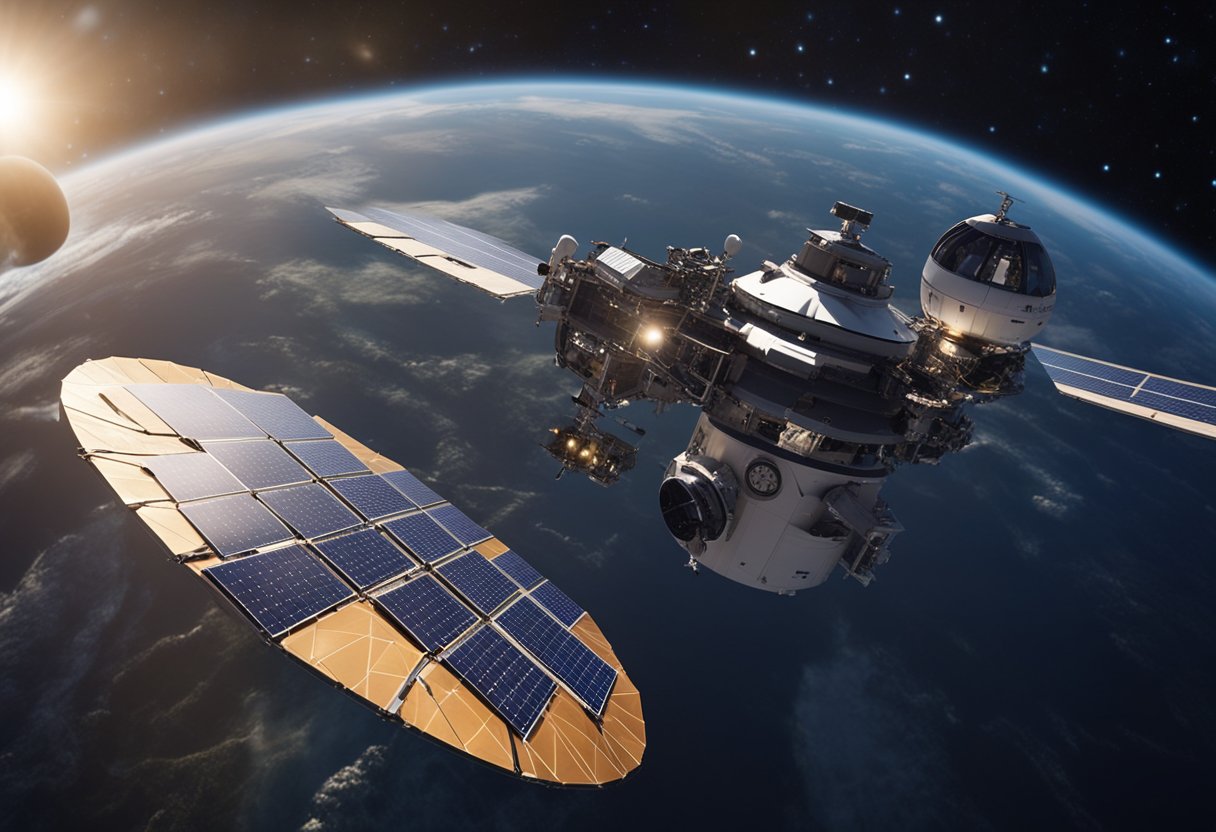
In addressing the critical importance of safety and security in space endeavours, we must recognise the role of robust regulations and safe operations. These measures protect assets and ensure the stable growth of our extraterrestrial ventures.
The cornerstone of space operations lies in effective communication and orbit management. Ours, and other organisations’ spacecraft, rely on comprehensive channels for communication to avoid potential conflicts and to ensure the integrity of data. It involves sharing orbital data and manoeuvre plans to maintain a sustainable space environment. This encompasses monitoring orbital slots and frequencies to stave off interference, as outlined in the Artemis Accords which aim to support the sustainable and safe exploration of space.
As space becomes increasingly congested, the prevention of collisions is a paramount concern. We are committed to initiatives such as the Combined Space Operations (CSpO) Initiative. Our approach includes:
This proactive stance is critical in upholding the safety of operational satellites and preserving the clarity of our orbits.
Protecting our assets from potential space threats entails a multifaceted strategy. Developing comprehensive guidelines, like those recommended by the Inter-Agency Space Debris Coordination Committee, fortifies our operations against threats, ensuring that our satellites and spacecraft operate within the safest parameters. We are vigilant against both natural and human-made hazards, continuously working to strengthen the security of our space assets.
We recognise a significant shift towards sustainability in the commercial space industry, acknowledging both the expanding economic opportunity and the emerging imperatives of environmental stewardship. Key drivers include the growth of the commercial space sector, the development of innovative business models, and the importance of public and private partnerships.
The commercial space industry has seen a remarkable expansion, with a marked increase in satellite launches and the number of satellites currently in orbit. Entities such as BSR highlight the necessity for sustainable practices amidst this growth, pointing out the heightened challenges including the environmental impact of launches and the issue of space debris.
Our evaluation of the commercial space sector reveals a trend towards the inception of innovative business models that prioritise sustainability. The Space & Sustainability Initiative at the University of Colorado Boulder is spearheading efforts to conduct a market analysis, encouraging responsible space commerce. Moreover, opportunities are arising for ventures in space tourism, as seen on platforms like SpaceVoyageVentures.com, which explore future trips and advocate for sustainable travel in space.
Collaboration between the private and public sectors is pivotal for the advancement of space capabilities. Initiatives such as NASA’s Collaborations for Commercial Space Capabilities are a testament to this, promoting sustainable development in the sector by joining forces with private companies, as presented by NASA. These partnerships leverage both innovation and regulatory insight, setting the stage for a responsible commercial presence in space.

In spearheading the future of space exploration, we are steadfast in our commitment to building sustainable infrastructure and responsible resource extraction and utilisation. These are the twin pillars that support our endeavour to extend humanity’s footprint beyond Earth sustainably and ethically.
We are at the forefront of developing infrastructure that not only meets the demands of space exploration but does so in a way that minimises the impact on the celestial environments we encounter. We focus on creating sustainable habitats using local raw materials that reduce the need for transport from Earth, thus streamlining our supply chains and lessening our ecological footprint.
Our commitment to resource extraction in space mirrors the principles of conservation we uphold on Earth. We extract resources with meticulous planning, ensuring that we do not deplete the celestial bodies we visit.
In weaving together infrastructure with resource utilisation, we are setting the foundation for a sustenance model in space that touches upon all aspects of infrastructure—physical, operational, and ethical. By doing so, we are not only pioneering space travel and habitation, but we are also ensuring that the celestial bodies we venture upon are treated with the respect and care they deserve.

In preparation for prolonged stays in space, we are developing advanced systems to sustainably cultivate food and oxygen. Employing ecological and life sciences knowledge is essential for the success of these endeavours.
Sustainable space exploration hinges on our ability to produce food and generate oxygen for astronauts. One promising approach is the cultivation of algae and plants which, through photosynthesis, can recycle carbon dioxide into breathable oxygen and provide edible biomass. Space agriculture experiments conducted on the International Space Station have yielded valuable insights into plant growth in microgravity, enhancing our understanding of how to cultivate food off-world. Additionally, regenerative Life Support Systems (LSS) are crucial, where bacteria play a pivotal role in nutrient cycles.
Our research extends to how life adapts in the harsh environment of space. With the help of Space Biology Research Projects, we delve into how organisms respond and acclimate to microgravity. This research is vital, guiding us in tailoring organisms that could thrive in space, ensuring future food supplies and medication. It also aids us in identifying any potential alterations in human physiology during long-term space travel, which is critical for space tourism initiatives underway—chronicled by emerging platforms like SpaceVoyageVentures.com.
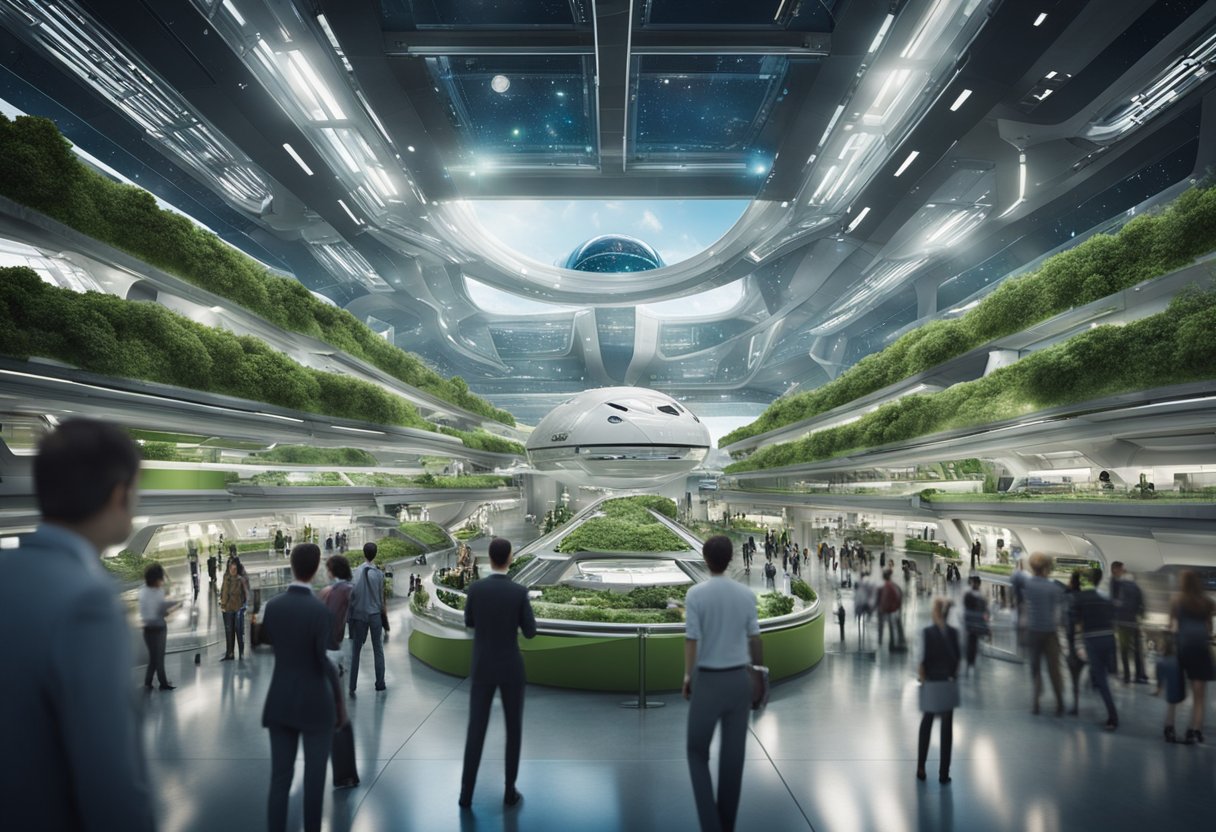
Our focus in this section is on the transformative potential that space exploration has for society at large, particularly through educational enhancement and through the promotion of greater public engagement.
Space exploration has profound educational advantages, inspiring students to pursue STEM (Science, Technology, Engineering, and Mathematics) careers. It drives innovation and generates a multitude of societal benefits by fostering problem-solving skills and encouraging a global perspective. American leadership in space has historically resulted in numerous educational programmes designed to prepare the next generation of space explorers and innovators.
Programmes dedicated to STEAM (STEM plus Art) help in democratising access to space education by emphasizing creative approaches to complex problems. For instance, the MIT Space Exploration Initiative has been instrumental in combining research with extensive outreach efforts, which build communities centred around open access to space technologies.
We see that raising public awareness about the importance of space exploration is critical for garnering support for current and future missions. Initiatives like SpaceVoyageVentures.com aim to engage the public by showcasing available and potential space tourism experiences, sparking interest and desire for space endeavours.
Moreover, U.S. leadership is pivotal in promoting space sustainability. The World Economic Forum has partnered with prestigious organisations to create the world’s first sustainability rating system for space missions. Additionally, public outreach serves to educate individuals on issues such as space debris and the long-term sustainability of outer space activities, an effort supported by entities like UNOOSA.
Through these multifaceted approaches, we actively foster a society that is well-informed and enthusiastic about the potential and realities of space travel and exploration.
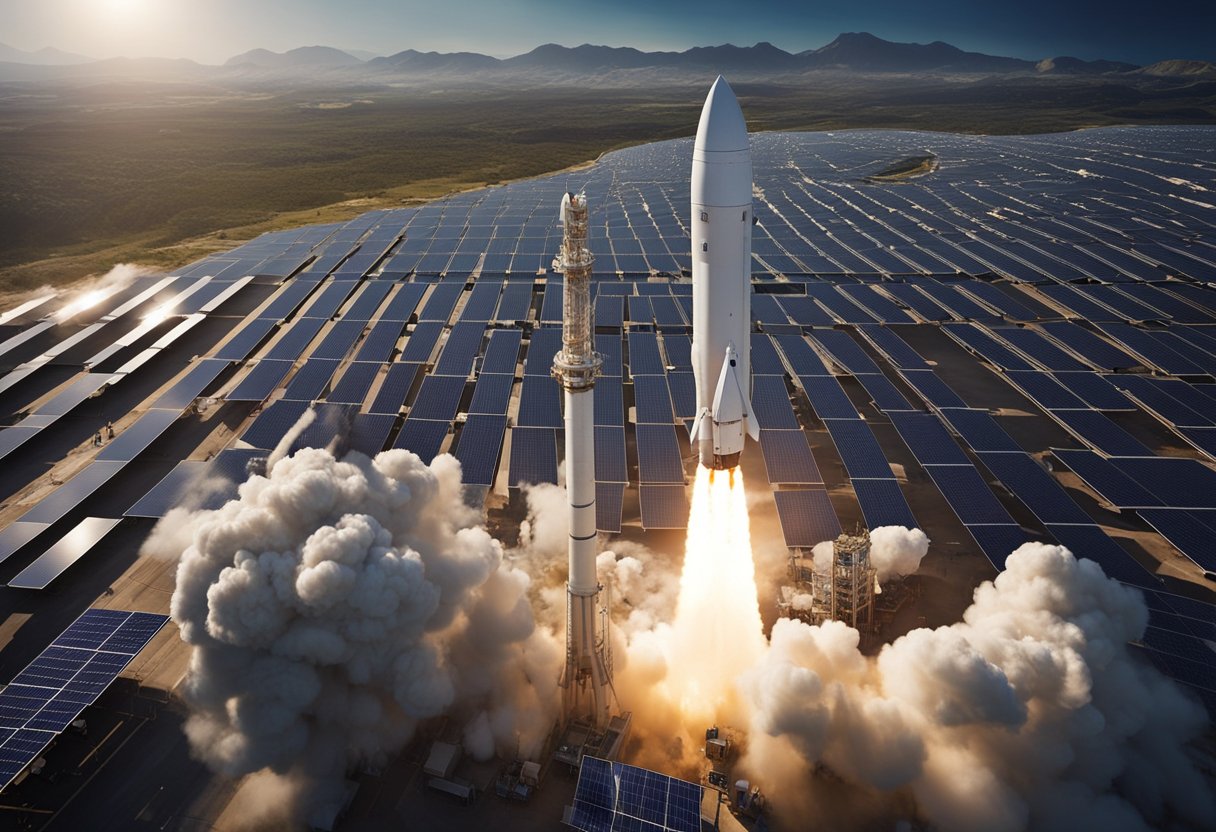
In navigating the complexities of outer space activities, we recognise pressing questions on the sustainability of these ventures. Below, we address critical concerns regarding the long-term viability of space exploration, the efforts of agencies to mitigate environmental impact, and the evolving parameters for sustainability assessments in the industry.
We can ensure sustainability through international regulations that promote the responsible use of space, such as following guidelines to minimise space debris. The U.S. National Space Traffic Management Policy underlines such principles.
Space agencies are adopting measures including the development of technologies to remove orbital debris and designing spacecraft for longevity to reduce frequency of launches. The Canadian Space Agency’s framework outlines their role in sustainable space exploration.
Key challenges include the management of orbiting space debris and the potential for collisions that can create more debris, along with the increasing numbers of satellite constellations impacting the space environment.
The Space Sustainability Rating (SSR) assesses the efforts of space companies by evaluating factors such as debris mitigation strategies and adherence to international standards. The World Economic Forum’s involvement has been pivotal in its development.
Research into utilising microorganisms focuses on their potential to aid in life support systems by recycling waste, producing food, and maintaining atmospheric conditions within spacecraft.
World Space Week often emphasises projects aimed at combating space debris and the education of the global community regarding the importance of preserving the space environment for future generations.